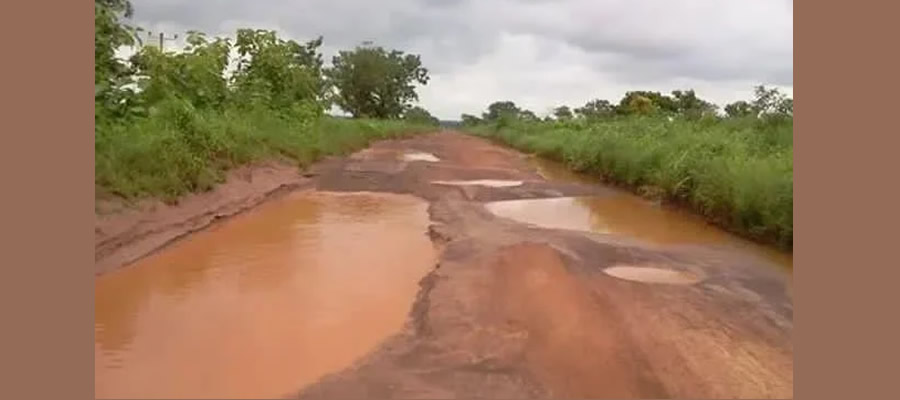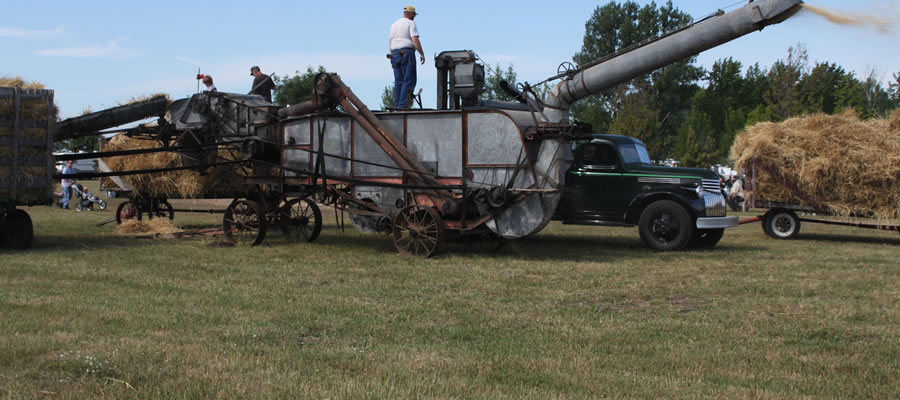

Structure of the Local Economy
The composition of the district economy is characteristic of the Ghanaian economy. It has larger agricultural sector seventy-six percent (76%), service and commerce fifteen percent (12%), and the industrial sector nine (12%). The Sissala East Municipal is basically rural with more than eighty percent 80% of the people living in rural settlements and are engaged in farming.
The district economy is mainly agrarian. This makes agricultural related activities the predominant activity employing a greater proportion of the population. The people practice subsistence farming with only a few engaged in commercial cotton farming. The main crops are cereals such as millet, maize, sorghum, and rice. The rest are groundnut,
1. cowpea, yam and cotton.
2. Groundnut oil production
3. Weaving and dressmaking
4. Potter activity and basketry
5. Blacksmithing
6. Pito brewery
7. Carpentry and masonry
8. Construction and building
9. Vehicle repairs and auto-mechanic
The establishment of a Vocational Training Institute in Tumu by the Catholic Church has contributed significantly to the production of skilled young women in weaving and dressmaking. Carpentry and masonry, vehicle repairs and auto-mechanics, blacksmithing and welding are important activities engaged in by most young people in the district. The availability of such middle level technical skills is a potential for rural industrial growth in the district. However, the lack of market for their products is a major setback affecting growth and expansion of these small-scale industrial activities.
Structure of the Local Economy
The composition of the district economy is characteristic of the Ghanaian economy. It has larger agricultural sector seventy-six percent (76%), service and commerce fifteen percent (12%), and the industrial sector nine (12%). The Sissala East Municipal is basically rural with more than eighty percent 80% of the people living in rural settlements and are engaged in farming.
The rest are groundnut,
1. cowpea, yam and cotton.
2. Groundnut oil production
3. Weaving and dressmaking
4. Potter activity and basketry
5. Blacksmithing
6. Pito brewery
7. Carpentry and masonry
8. Construction and building
9. Vehicle repairs and auto-mechanic
The establishment of a Vocational Training Institute in Tumu by the Catholic Church has contributed significantly to the production of skilled young women in weaving and dressmaking. Carpentry and masonry, vehicle repairs and auto-mechanics, blacksmithing and welding are important activities engaged in by most young people in the district. The availability of such middle level technical skills is a potential for rural industrial growth in the district. However, the lack of market for their products is a major setback affecting growth and expansion of these small-scale industrial activities.
Investment And Business Potential
Investment potentials exist in the district in agriculture, industry, commerce, banking, energy, and tourism. Because the population density of the district is as low as eleven persons per square kilometre, there cannot be pressure on the land even in the distant future which means there is a high potential for investment in agriculture.
Land is vast enough for large-scale cultivation and the soils are fertile and in fact, virgin in many parts of the district. Food crops grown are millet, maize, sorghum, beans and yams. Cash crops grown are cotton, cowpea, soya beans and groundnuts; Fruit crops cultivated are Shea nut, dawadawa and cashew. Mango also does very well in the area.
The grass that abounds in the area also supports livestock rearing. While Fulani herdsmen from neighboring Burkina Faso rear the animals in the area, their activities are unscientific and their behavior unacceptable. Therefore, better investors in livestock are needed in the district.
Agricultural raw materials produced in the district form a formidable raw material base for industry. Cotton ginning has great potential in the district and in fact, the Ghana Cotton Company has a ginnery in the area. Thus, there is strong potential for linkage with the textile industries located in the south of the country.
Indeed, there are potentials fo the actual establishment of a textile industry in the district. Commerce in manufactured goods also has potential in the area because of its relative isolation from major centres of economic activity, which means local suppliers, can hardly cope with the problem of procuring and transporting these goods from these centres to the district.
Therefore, only Tumu is supplied with these goods and so the potential for trade is high around these vast districts. Banking services in the area are highly inadequate. At the moment, there is only one bank in the area, the Ghana Commercial Bank located at Tumu, which also serves other settlements in the district. Therefore, a second bank is urgently needed in the area.
Another area that presents major possibilities for investment is in energy supply in the areas of liquefied petroleum gas, fuel and lubricants. Being far from the supply centres, users of LPG gas encounter great difficulties before they could obtain gas for their dometic use.
A gas depot would therefore have a large, ready market for its product. The same also goes for fuel, which is only available in three settlements in the district and even here supply is highly erratic. The fuel distribution, particularly in the southern sector of the district would be a very profitable venture.
All things considered, the physical characteristics of the district support a viable agricultural base, which is as yet underexploited. Industries can take root from this, especially in the area of agro-processing and textiles. Trade is yet to see the expansion that the district’s local market demand can support. Energy supply is also highly inadequate crating veritable opportunities in this area.
Financial Institutions
Banking services are carried out by the Ghana Commercial Bank, Agricultural Development Bank and the Sissala Rural Bank. These are all located in Tumu and do not adequately serve the banking needs of the people in the district.
Date Created : 11/17/2017 1:46:05 AM













 facebook
facebook
 twitter
twitter
 Youtube
Youtube
 +233 593 831 280
+233 593 831 280 0800 430 430
0800 430 430 GPS: GE-231-4383
GPS: GE-231-4383 info@ghanadistricts.com
info@ghanadistricts.com Box GP1044, Accra, Ghana
Box GP1044, Accra, Ghana